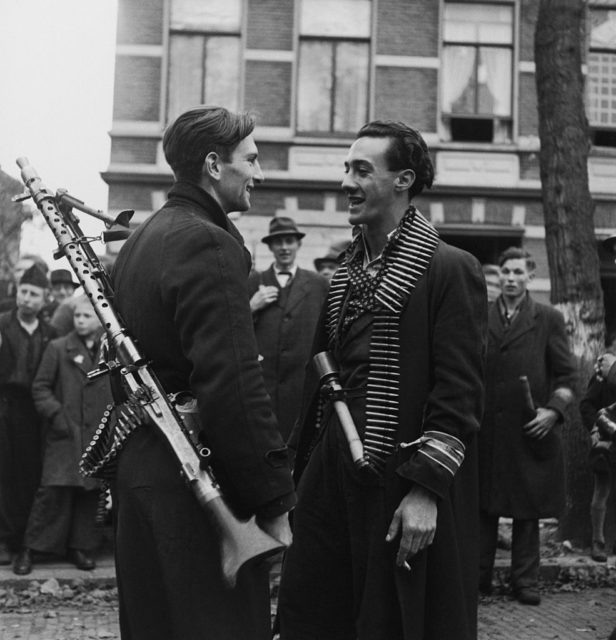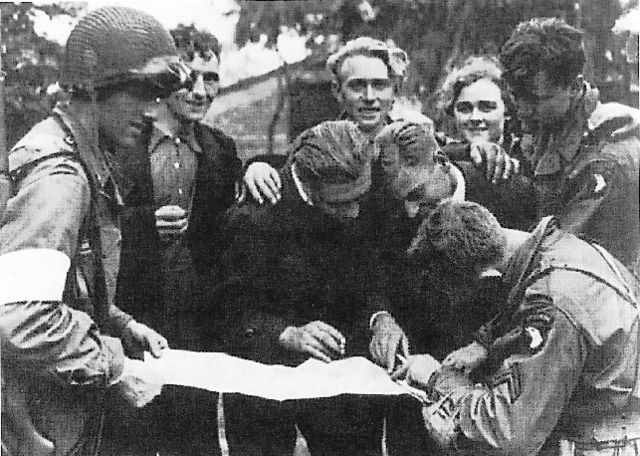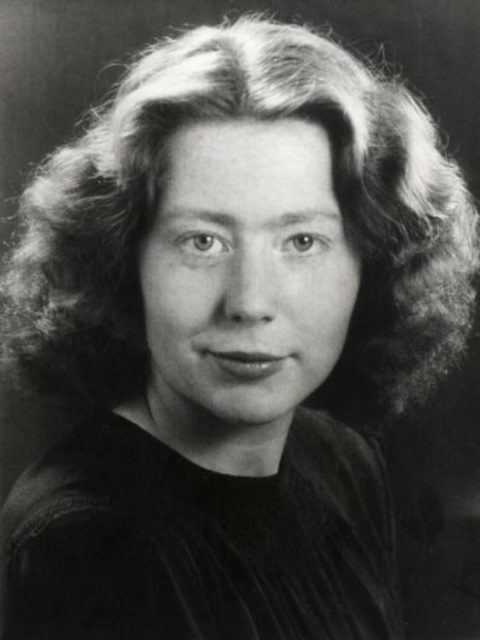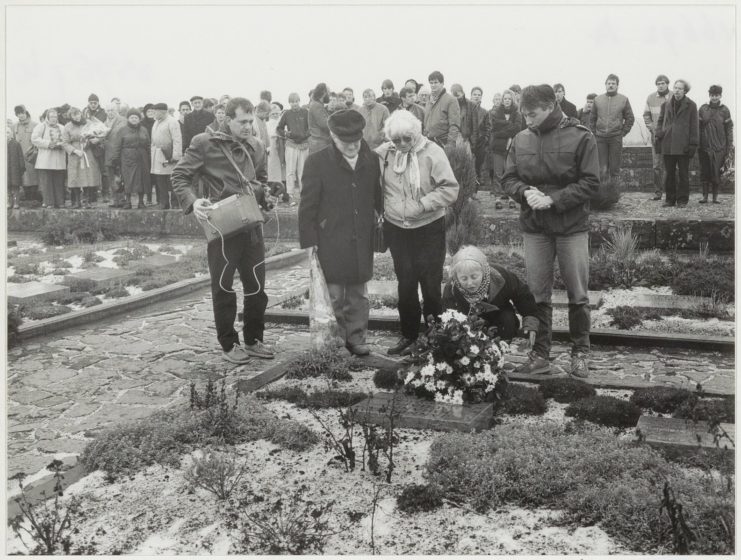There were many active resistance movements throughout the course of World War II. In countries where the German Army had invaded, they worked tirelessly to sabotage their occupiers. While the majority of members were male, there were numerous female fighters who used their good looks and inconspicuous nature to gain the upper hand.
Freddie and Truus Oversteegen
Truus and Freddie Oversteegen grew up in the Dutch city of Haarlem with their single mother. Freddie was two years younger than Truus and looked even younger when she wore her hair in braids, something that worked in her favor when she joined the Dutch resistance.

Their mother was a communist, and from a young age taught them the importance of fighting injustice. When the war broke out in 1939, she taught hid people from Lithuania and a Jewish couple in their home. This influenced the girls’ later actions, as they learned they needed to make sacrifices in order to help others.
Joining the Dutch resistance
In May 1940, the Germans invaded the Netherlands, beginning an occupation that lasted until the end of the war. As in other countries they’d invaded, there were extensive efforts to remove Jews, while non-Jewish residents were forced to contend with terrible living conditions.

The invasion activated Truus and Freddie’s rebellious spirit. The pair joined their mother in distributing anti-German pamphlets and newspapers for the resistance. This caught the attention of Frans van der Wiel, a commander with the Haarlem Resistance Group, who visited the Oversteegen home and asked the girls’ mother if they could join the resistance – she agreed.
At the time, Freddie and Truus didn’t know what working with the resistance would entail. To start, they were tasked with disabling bridges and railroads with dynamite, particularly the rail line between Ijmuiden and Haarlem. They also burned down a German warehouse, and aided in the smuggling of Jewish children out of the country – they even helped them escape concentration camps.

The girls’ gender aided in their success, as resistance activities were largely viewed as being conducted by males. The Germans assumed women were only involved in distributing newspapers and other documents. Given they were female – and not to mention young – they were able to skirt by with little suspicion.
Teaming up with Hannie Schaft to become assassins
Before long, the girls were tasked with carrying out assassinations of Germans and Dutch collaborators. Using their youthful appearance, they lured German officers into the woods – either while on patrol or in a local tavern – and shot them. According to Freddie, it was something they had to do. “It was a necessary evil, killing those who betrayed the good people,” she said.

In 1943, the sisters joined up with Hannie Schaft, a former university student who’d dropped out after refusing to sign a loyalty pledge to Germany. She’d started out with small acts, such as stealing identification cards for Jewish people. When she began assassinating Germans, she became known as “the girl with the red hair.”
The trio formed an assassination and sabotage cell. Along with assassinations, they hid firearms in the baskets of their bicycles, and at one point erected a communist flag at the headquarters of the National Socialist Movement. They were so efficient that, by the end of the war, there was a 50,000 guilders reward for their capture.

On March 21, 1945, Hannie was arrested at a military checkpoint in Haarlem while in possession of the illegal communist newspaper, de Waarheid. She was subsequently interrogated, and on April 17, 1945 was executed by Dutch officials. Following the conclusion of the war, she was buried with honors in the presence of Queen Wilhelmina and Prince Bernhard, and today over 15 cities in the Netherlands have streets named after her.
Truus and Freddie never revealed how many people they killed throughout the duration of their resistance work. When asked, Freddie replied that they were soldiers and soldiers don’t reveal such details.
Post-war struggles and recognition
Following the war, Freddie and Truus struggled with the trauma of their friend’s death and the murders they’d committed. To cope, Truus became an artist and spoke at war memorial services. Freddie coped “by getting married and having babies,” yet nothing could help the insomnia she suffered.

The pair didn’t immediately receive recognition for their actions, as they were labelled as communists. In 1967, Truus was recognized as Righteous Among the Nations, an honor bestowed by the State of Israel upon non-Jewish individuals who risked their lives during the war. It wasn’t until April 2014 that the Netherlands recognized their efforts, awarding them the War Mobilization Cross.

Both Freddie and Truus have since passed away. Truus died in June 18, 2016, while Freddie passed on September 5, 2018.
